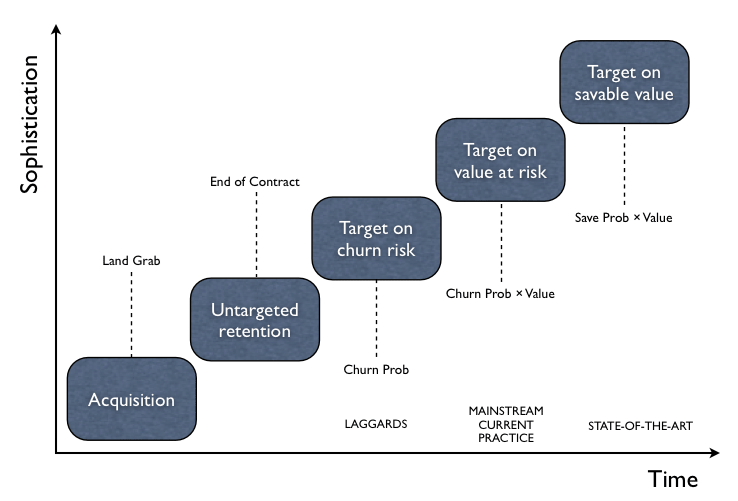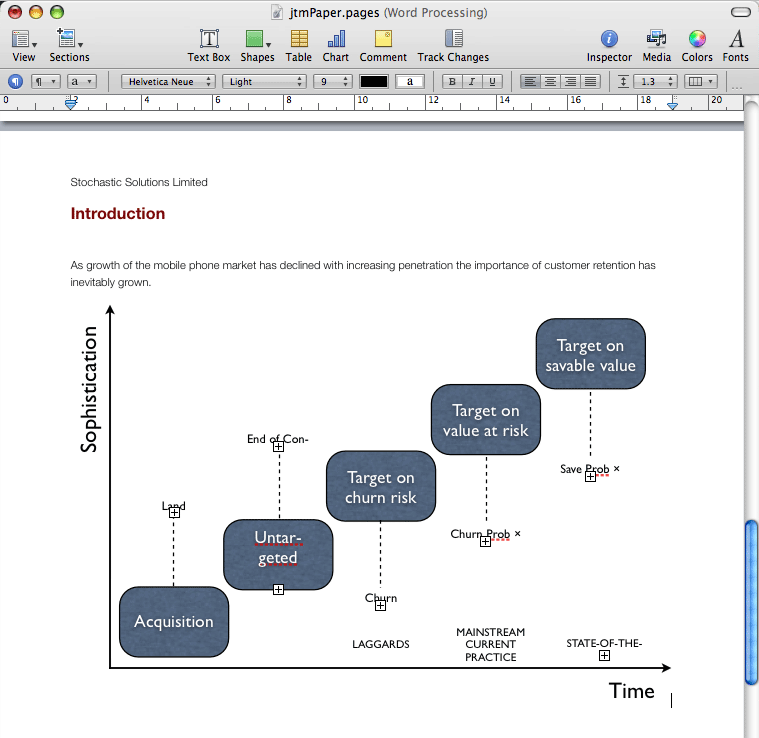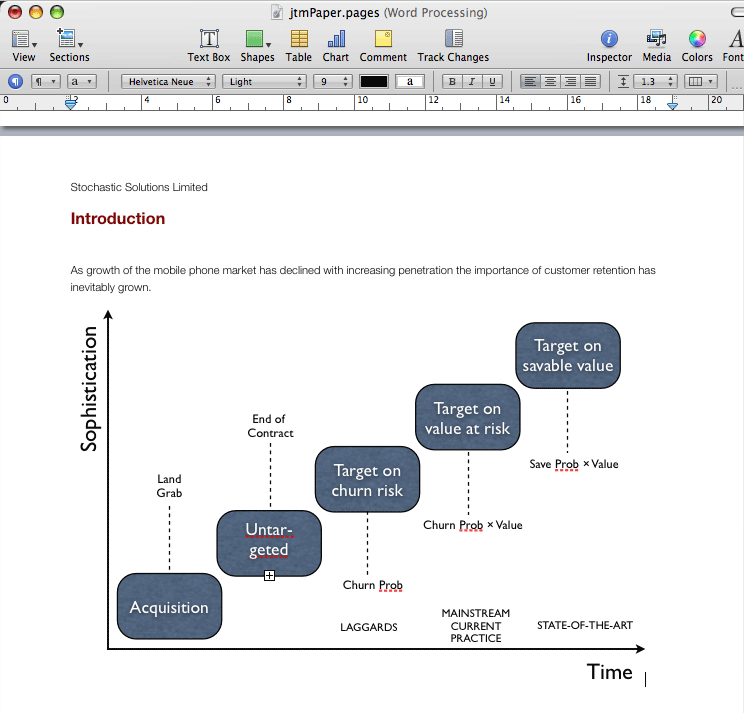My first contact with the Mac came pretty soon after its launch. I
was a machine code hacker schoolkid at the time, but worked during
holidays for my local education authority, in a unit run by a rather
far-sighted guy called
Bill
Tagg.
Bill got hold of a Mac and sent it
home for a week with each person working for him saying “This is the
future of computing. Absorb it.”
At that time, my main experience was on a CP/M machine
(Research
Machines 380Z, mostly hacking Z80
machine code),
and the Acorn
BBC Micro, which was an amazingly
advanced machine for its time, based on the 6502 (for which I also
wrote scads of code). The Mac struck me as beautiful and wonderful
and I recommended it to lots of people―but it wasn't for me. It
seemed to me that Apple had just done too good a job of making it easy
to do what they wanted you to be able to do, and somewhere between
difficult and impossible to do anything that they didn't want you to
do. Other than that, the only thing I really didn't like about it was
the fact that to eject a disk you had to drag it into the trash.
(What is it with that?)
Over the next 20–25 years I used computers pretty much every working
day, mostly Unix machines at first, (Suns and Silicon Graphics
on the desktop, and a regular zoo of Unix servers)
later augmented with a long sequence of Windows laptops.
But during all the time that elapsed between perhaps 1983,
when I gave up on my BBC micro, and 2003, when I bought an iMac,
it never occurred to me to buy a computer for myself.
At some point, Apple announced OS X, and I heard it going to be based
on BSD Unix. That was interesting. But being Apple, I was pretty
sure they'd remove shell access or something, and didn't really think
too much about it. Then they launched the iMac
G4—the white one
with the hemispherical base and attached screen that looked a bit like
an anglepoise lamp—and it was probably the most
appealing-looking computer I'd ever seen.
(My wife thinks it's ugly.)
But still, they'd have it all locked down, right?
One day, I had half an hour to kill in John Lewis, a department store,
in Edinburgh. I went to the computer section and found an iMac and
started clicking about, for the first time in years. Straight away,
there were two welcome experiences. First, the pointer followed the
mouse properly. Secondly, the mouse had zero buttons:
you clicked with the whole mouse. Genius.
My son learnt to use the zero-button mouse fully 18 months before
he could master one with actual button.)
Then I clicked around and found the Applications folder. I clicked a
little more and found the Utilities folder, just in case there was a
shell there. I looked under S (for shell); no dice. I checked B too
(for Bash or Bourne), and C (for C-Shell) and T (for tcsh) and kind-of
K (for ksh, though that might not have done it for me) and was just
about to give up when I noticed something called 'Terminal'.
I clicked it, and a shell came up—tcsh, in fact. Interesting.
So I typed bash…and bash came up. Very interesting.
So I typed emacs (how insanely great would that be?)…and Emacs
came up—in the terminal window, admittedly, but hell, it was a
proper Emacs 21 or somesuch. Just there.
My memory gets slightly hazy at this point. I suspect I typed python
and/or perl next, and they worked too, but I'm not sure. Within 60
seconds of the Emacs moment, I was buying one.
Imagine, a real Unix, with a Mac GUI, and an industrial design that
meant a thing of beauty was going to sit on my desk. (And really the
only severely painful thing since has been case insensitivity in file
names…but even there, I have to concede Apple's right for the
masses.)
Now don't get me wrong. Not everything is wonderful on the Mac. The
Finder sucks like everyone says (though strangely I have no problem
with the Dock, as long as it's augmented by something like TigerLaunch). I think way
Apple failed to acknowledge or entice the Konfabulator team when they
launched the Dashboard was off, and never understood the thing about
hiding widgets away in a separate screen anyway (what's with that?).
isync is terrible (or at least it was…I haven't used it for years).
Swapping documents between the real world and the Mac is sometimes
painful, and you can never be sure hardware will just work with a Mac
(my wife's excellent Sony Handicam with its non-standard MicroMV format won't
talk to iMovie directly, for example), and even syncing a
Palm
is no walk in the park. And what is this insanity
about not letting you pull a disk or a flash drive out without getting
the systems permission? But really, overall, these are small gripes,
along with that dragging disks into the trash thing. (But at least
the Trash Can turns into an eject icon these days, and you can
control-click the disk instead).
Three years on, that iMac was full, and slow, and still USB1.1 (though
lots of bonus points for Firewire), and not really expandable. So now
I'm on a Twin dual-core 2.66GHz PowerMac, and damn it if almost
everything didn't work ninety minutes after plugging the old and new
together with Firewire and saying “Go”. And the iMac? My six-year
old son is in love with it, and we'll probably get another 3 years out
of it.





